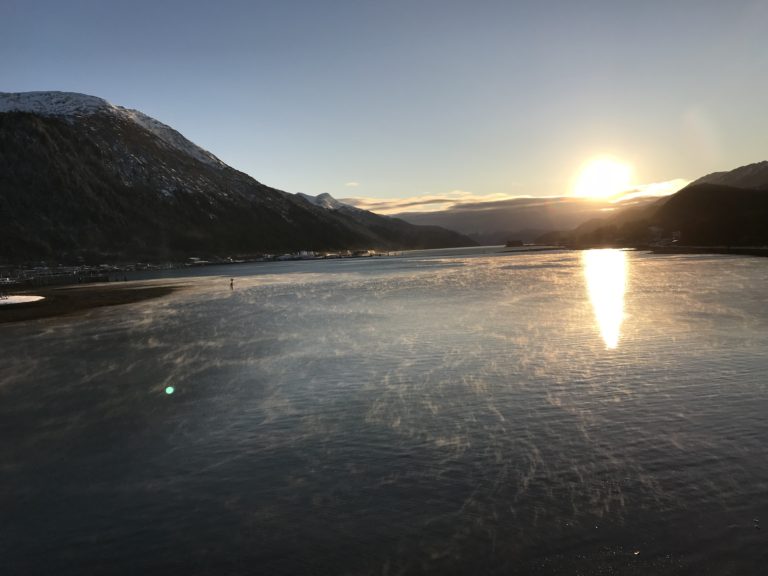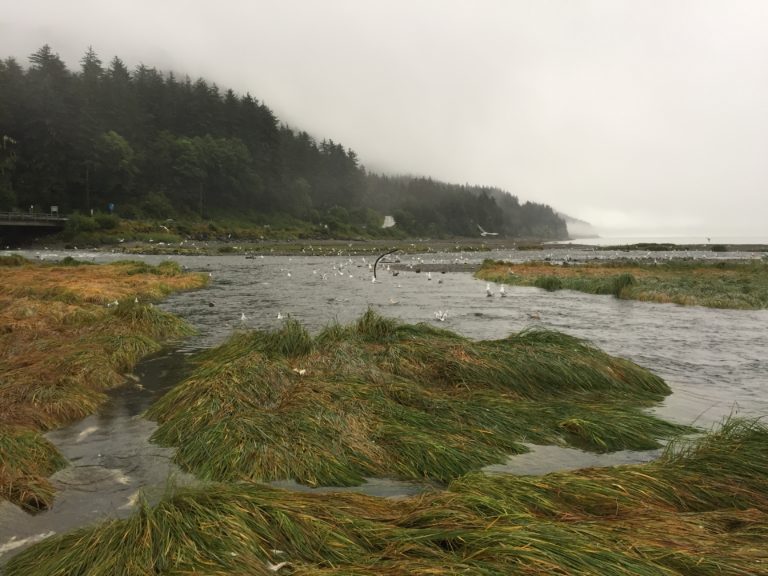
Recent Posts
Categories
Tags
adventure (9)
Alaska (22)
alaskanadventure (3)
bears (2)
black bear (2)
boating (2)
bridges (2)
brown (2)
companion (1)
cross country skiing (2)
ecology (7)
estuary (2)
explore (9)
fish (2)
fishing (5)
Garden (1)
glacier (6)
gulls (2)
habitat (4)
hiking (4)
hiking hike (2)
Himalaya (1)
Juneau (15)
landscape (17)
Mendenhall (4)
mountain (4)
nature (13)
pet (1)
photography (2)
pnw (4)
rainforest (5)
reflections (6)
salmon (2)
saltwater (3)
skiing (2)
Southeast Alaska (7)
southeastalaska (7)
spawning (2)
subsistence (2)
sunrise (2)
urban gardening (1)
wild (2)
wilderness (7)
wildlife (7)
winter (2)
